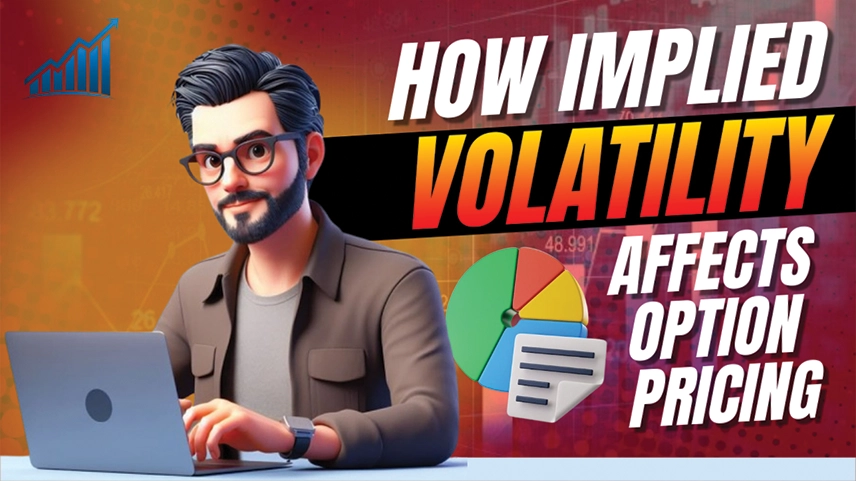How Implied Volatility Affects Options Pricing
Options trading involves various factors that influence the
pricing of an option contract. One of the key elements is Implied Volatility
(IV), which represents the market’s expectation of future price
fluctuations. Understanding how IV affects options pricing can help traders
make informed decisions and manage risk effectively.
What is Implied Volatility?
The Implied Volatility Change is a measure of market forecasts for the possible value movement of shares. This is taken from the price of an alternative and indicates that the market expects ups and downs in stock over a certain period. The high IV suggests that uncertainty and greater value increased to turns, while the lower IV indicates stability.
The Relationship Between Implied Volatility and Options Pricing
IV plays an important role in determining the price of an alternative. This directly affects the external value (time value) for an option contract. It works like this:- Higher
Implied Volatility Increases Option Prices
- As
IV increases, the option premium increases (both calls and sets).
- This
is because high IV means that the alternative that ends on money is more
likely.
- Trades
require high prizes to take the risk of uncertain price movements.
2. Lower Implied Volatility Decreases Option Prices
- When IV falls, the option prices drop.
- Reduces the possibility of significant features from a stable low IV market.
- As a result, option sellers require low premiums.
Impact on Different Option Strategies
Implied Volatility and Delta affect various trading strategies differently:- Buying
Options: Traders buying options prefer higher IV after
purchasing, as it increases the premium and allows them to sell at a
profit.
- Selling
Options (Writing Options): Option sellers prefer low IV, as
they benefit from declining premiums, leading to potential profits.
- Straddle
and Strangle Strategies: These volatility-based strategies work best
when IV increases significantly after the trade is placed.
- Covered
Calls and Protective Puts: Traders using these strategies need to
assess IV to optimize entry and exit points.
Key Takeaways for Traders
• Before entering the option business, check the current IV
level compared to the historical average implied volatility.
• High IV may indicate expensive alternatives, making it a
better time to sell it instead of buying.
• Smaller IV may indicate cheap alternatives, so it may be
suitable for buyers.
• Monitor events such as earning reports and big news, as they can give rise to IV spikes.

0 comments